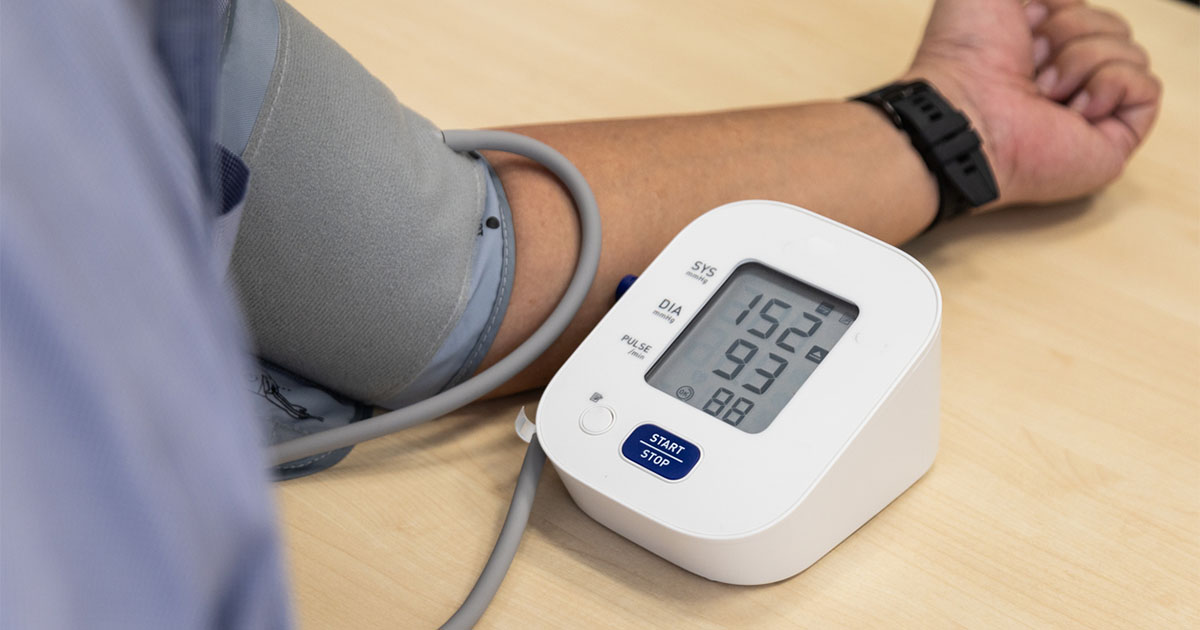We are all too aware of the increase in our workload over the past few years, associated with the steady increase in the incidence of diabetes, particularly type 2 diabetes (The Information Centre, 2008). So many of the people we see at diagnosis already have complications. Over the 15 years I have been working in the field of diabetes, the emphasis on the supreme importance of glycaemic control has evolved into glycaemic control being only one part of the equation – and maybe not the most important one.
Control of blood pressure and lipids carry as much importance in the prevention and delay of long-term complications, yet so many people with diabetes are obese and inactive – perhaps smoking too – so that taking numerous medications every day (if they are able to adhere to this) almost seems to be futile in some cases. These lifestyle factors are at the heart of many apparent failures of pharmacological therapy. For people who go on to develop type 2 diabetes and other vascular diseases, these lifestyle issues are modifiable risk factors that may be addressed following a health check. Yet, traditionally, we have first had contact with people once they have had a diagnosis, not before. Is it not possible to prevent so many people developing diabetes?
Health checks
In 2008/9 I have implemented the first phase of a NHS Health Checks programme for my PCT, commencing with a local enhanced service (LES) for the primary prevention of vascular disease. (Nicola Walker and colleagues discuss the programme in more detail on page 209.) The long-term plan is that by setting up such a service with our GP practices, we will then roll it out into community settings, such as leisure centres and pharmacies, as required by the Putting Prevention First document (Department of Health [DH], 2008).
An LES is a system where practices are incentivised to perform a service outside of their usual contracted work – such work would not usually be covered by Quality and Outcomes Framework (QOF) payments. Primary prevention services, such as NHS Health Checks, are not covered by QOF, and although many of our practices already provided prevention services, not all of them did until the implementation of this LES.
A primary prevention LES is complicated as there are many strands to draw together to ensure that people do receive an adequate cardiovascular disease (CVD) risk assessment, that the level of risk is effectively communicated, and that lifestyle and pharmacological intervention are given on a strictly individual basis, using a personal record to be given to each patient.
In addition to CVD risk estimation, we wanted to identify people out there who may have undiagnosed diabetes, and it was decided to do this by taking a random blood glucose sample from those thought to be at risk using pre-prepared guidelines. We decided not to take a fasting blood glucose sample because the sheer logistics of asking large numbers of “well” people to come to the practices fasting is not feasible in the real world. In addition, the total cholesterol–HDL ratio required for CVD risk estimation does not need to be fasting. Practices were given guidelines on the follow-up of any abnormal glucose results.
Implementing this service in primary care has not always been plain sailing, but has been achieved in 51 of 55 practices.
Read codes and templates
LES requires the recording of multiple data, which involves the advance preparation of a lengthy list of Read codes. This proved to be one of the biggest hurdles as not only did we have four clinical systems in use in our PCT, but also many practices do not have on-site IT support, and so needed help with setting up templates.
Risk calculation tools
There is currently much debate at national level over which risk calculation tool to use – the tool we recommended was the Joint British Societies (JBS2) risk charts that are based on Framingham, as recommended by NICE (2008). Many practices wished to use QRISK2 (Hippisley-Cox et al, 2008) quite understandably as it is more accurate for the typical British population. We are awaiting future guidance from the DH on the matter. Hermione Price presents a clear explanation of each of the risk assessment tools in her article on page 218.
Training for staff
Practices were required to send at least one staff member for a training day before commencing the programme, and then disseminate information to their colleagues. This was perhaps not ideal, but we need to remember that extra training is stipulated for most of the enhanced services and that usual work has to carry on at the surgery.
Support for practices
Two vascular specialist nurses are employed on this programme to assist with all aspects of implementation, but in particular with training and support at practice level. Enhanced levels of support are available for practices serving more deprived areas as we are aware that there is a higher incidence of diabetes and vascular disease in these populations, and that engagement of deprived communities can be problematic.
The future
It is still early days, but verbal reports are encouraging and the first tranche of data is eagerly awaited. These data will be collected quarterly. The roll-out of a primary prevention service into other community settings is in the planning stages and will be closely linked with the Vascular Prevention Service that our GP practices are undertaking in NHS Berkshire West.





Poster abstract submissions are invited for the 21st National Conference of the PCDO Society, which will be held on 19 and 20 November.
10 Apr 2025